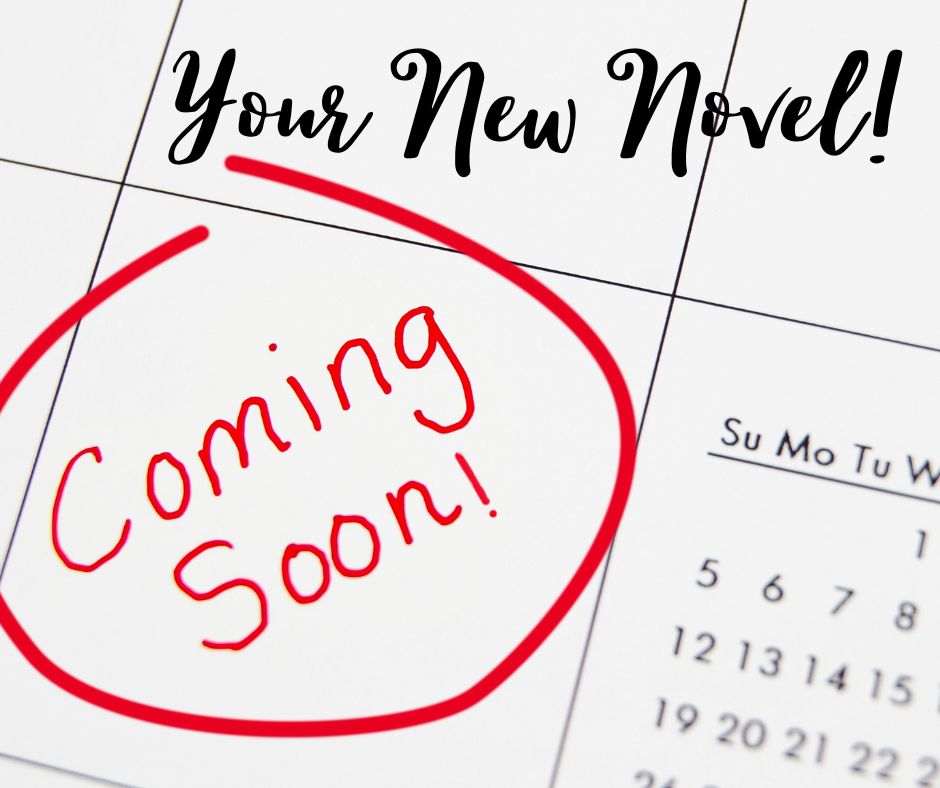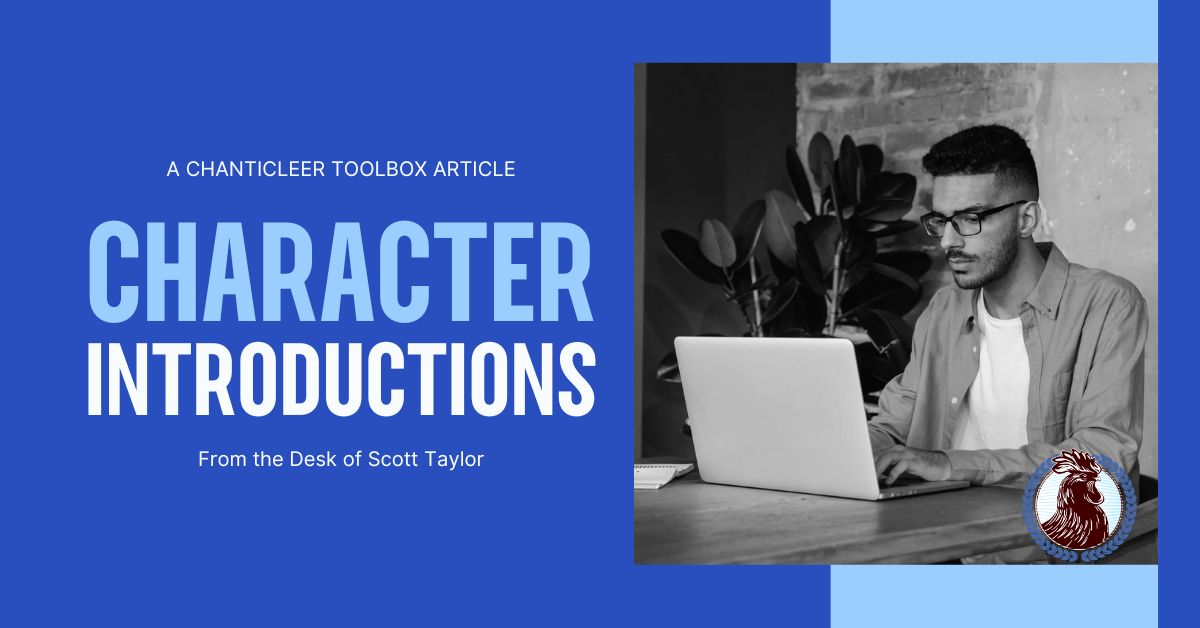|
Listen to or download this article:
|

Using names as foreshadowing clues and smart plotting devices is indicative of finely honed writing craft.
Picking up an author’s or director’s foreshadowing clues can be a fun exercise when you read and watch films or TV series. It can also distinguish smart plotting from hack plotting. In fact, I’ve written a whole chapter on the hows and whys of foreshadowing in my book Between the Lines. It’s necessary so the character’s actions, especially those in Act 3, are credible. Foreshadowing is part of creating a character arc and defining personality traits. It’s also the necessary set-up for the biggest events of your stories.
Think of the names that are now part of dinner conversations and social media memes.
As a Game of Thrones fan, (more the books than the HBO series) I could have warned parents not to name their daughters Daenerys. Unlike many people, she was my least favorite character, but there was also a great deal of foreshadowing from the get-go indicating she was damaged, unstable, and blood-thirsty. And, of course, her father Aeyrus II Targaryen was called the Mad King. Hint. Hint. Oh, and his wife Rhaella, was also his sister.

The name Daenerys broken down into its parts is ‘Daen’ (Hebrew for god is my judge (and no other human is) and the Greek ‘Eris’ – goddess of discord and destruction…
Here is a link to George RR Martin’s Symbolic Character Name Choices by Jamie Adair http://history-behind-game-of-thrones.com/characters/grrm-symbol-names
Two clever examples of George R.R. Martin’s name-craft prowess:
Cersei/Circe — in Greek mythology, Circe was a sorceress who fed men wine and then changed them into pigs (which Cersei certainly did with Jaime). And she was instrumental in having her husband, King Robert Baratheon, killed by a wild boar on a hunting trip when he was induced to drink too much wine while participating in the dangerous sport by one of her agents.

Bran is Welsh for raven and a Bran was crowned king over the island (Britain) in Celtic mythology. And here is another link to go down the proverbial rabbit hole about ravens and Celtic mythology: https://druidry.org/resources/bran-the-sleeping-guardian
The list of names with their subtext and foreshadowing goes on. The best character names are suggestive and indelible. They have weight and suffuse the character’s identity with meaning. When writers choose a character’s name its the readers first impression of the character and comes with associations and impact. The best character names have weight and meaning.
Here are some more examples of excellent name-craft in fiction.
- Star Wars by George Lucas: Luke Skywalker, Darth Vader, Han Solo

- Breakfast at Tiffany’s by Truman Capote: Holly Golightly, Cat, Rust Trawler, Emily Eustace Failenson

- James Bond series originated by Ian Fleming: James Bond, M, Auric Goldfinger, Pussy Galore, Oddjob, Q, Honey Ryder

- Harry Potter series by J.K. Rowling: Severus Snape, Hermione Granger, Belatrix Lestrange, Draco Malfoy

- Where the Crawdads Sing by Delia Owens: Kya, Chase Andrews, Jumpin’ , Mabel, Miss Pancy Price, Sunday Justice, Rodney Horn

Character names deepen the world of the story, lending it authority and verve. I’ve recently read a  manuscript where characters born in the early 21st century, all had names made popular in the 1940s and 1950s. When I pointed this out to the writer, he hadn’t thought of the implications or accuracy of these names. – JM
manuscript where characters born in the early 21st century, all had names made popular in the 1940s and 1950s. When I pointed this out to the writer, he hadn’t thought of the implications or accuracy of these names. – JM
In Stephanie Meyer’s Twilight Series, Meyers had to make sure that the vampires who were originally born anywhere from 1640 into the late 1800s, had appropriate names, but not enough to be distracting. Hence, the names Edward Cullen, Esme Cullen, Alice Cullen. And could Bella Swan’s name be anything else besides Bella Swan?
Can your characters’ names add subtext to your work-in-progress?
To circle back around…
Language sets the tone and creates the author’s voice.
Names make characters memorable.
Historical words allows for the cadence of past times to emerge.
New words transport you to a different place and time.
Nouns create time and place.
Handy Reference Links
Part One of Language and Name-Craft in Writing Fiction
A website that focuses on language diversity with a Language Planisphere: Soroscoro: So the languages of the world may live on!
And just for fun, here’s a link to a glossary list of sci-fi terms from Writers Write website.
A Game of Tongues: Why George R.R. Martin is a Linquist After All by WordJazz (very insightful and interesting article with 20 points).
How many languages are there in the world? Linguistic Society of America
Here is a link to George RR Martin’s Symbolic Character Name Choices by Jamie Adair http://history-behind-game-of-thrones.com/characters/grrm-symbol-names
Our Next Posts
Chanticleer’s next Marketing blog post will address a more deep dive into Hashtags and Social Media (How to Expand Your Social Media Reach to Increase Online Book Sales).
Our next Editorial blog post will address creating potent beginnings by Jessica Morrell.
So please stay tuned…

Jessica Page Morrell is a top-tier developmental editor for books and screenplays. Her articles have appeared in Writer’s Digest and The Writer magazines. She is known for explaining the hows and whys of what makes for excellent writing and for sharing very clear examples that examine the technical aspects of writing that emphases layering and subtext. Her books on writing craft are considered “a must have” for any serious writer’s toolkit.
Jessica will teach the Master Craft Writing Classes at the Chanticleer Authors Conference on Thursday, Sept. 3, 2020 and will present sessions during the conference. She and Kiffer will also host a fun kaffeeklatch for Word Nerds at CAC20.

Did you know that Chanticleer offers editorial services? We do and have been doing so since 2011.
Our professional editors are top-notch and are experts in the Chicago Manual of Style. They have and are working for the top publishing houses (TOR, Macmillan, Thomas Mercer, Penguin Random House, etc.) and award-winning independent presses. If you would like more information, we invite you to email Kiffer or Sharon at KBrown@ChantiReviews.com or SAnderson@ChantiReviews.com.
Click here to read more about our Editorial services: https://www.chantireviews.com/services/Editorial-Services-p85337185
A great way to get started is with our manuscript evaluation service. Here are some handy links about this tried and true service:
https://www.chantireviews.com/manuscript-reviews/
We work with a small number of exclusive clients who want to collaborate with our team of top-editors on an on-going basis. Contact us today!

Writer’s Toolbox
Thank you for reading this Chanticleer Writer’s Toolbox article.
We encourage you to stay in contact with each other and with us during this stint of practicing physical distancing to prevent the spread of COVID-19 — especially at this time of re-opening.
Let us know how you are doing, what is going on where you live, how are you progressing on your writing projects.
I invite each of you to join us at The Roost – a private online Chanticleer Community for writers and authors and publishing professionals. You are welcome to email me for more info also.
We are active on Facebook, Twitter, and Instagram. You can find us by using our social media handle @ChantiReviews
Minimize physical contact! Maximize social connecting!
Be well. Stay safe. Keep writing! Keep Creating!








Leave A Comment